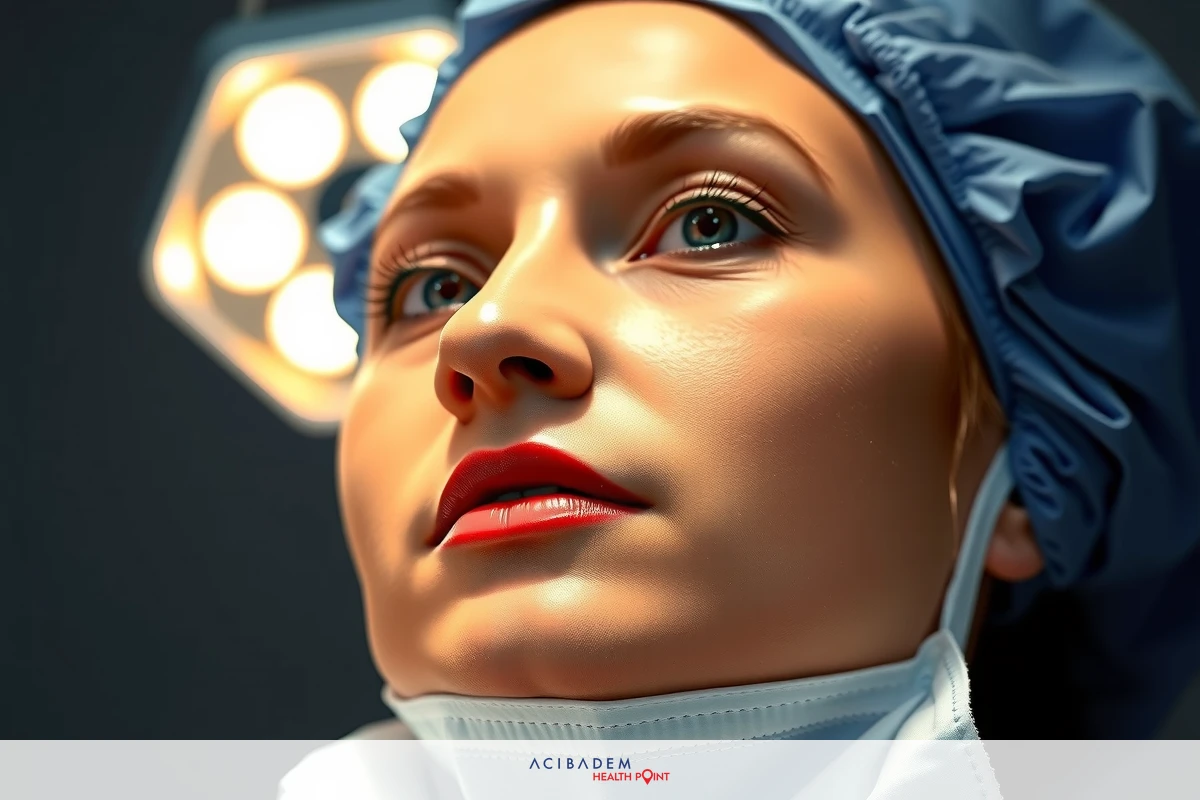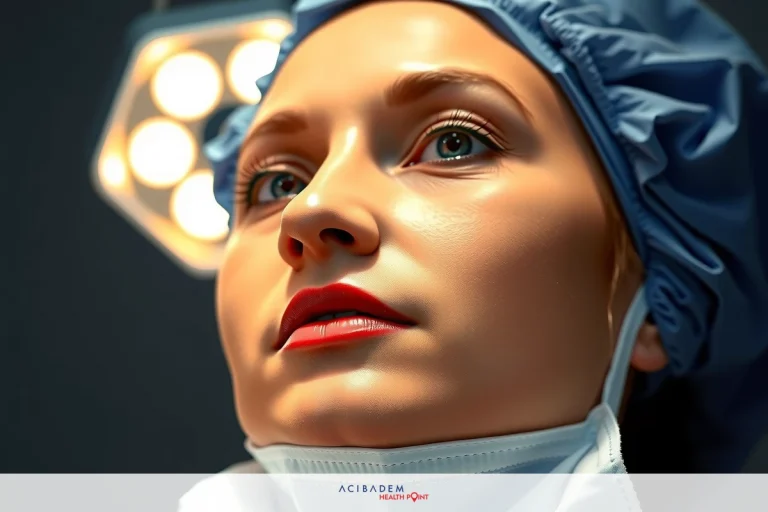Why is Revision Rhinoplasty Harder
Why is Revision Rhinoplasty Harder Revision rhinoplasty presents a maze of complexities, challenging even the most seasoned surgeons. The procedure’s intricacy stems from several factors. Firstly, the need to navigate scar tissue from previous operations poses a notable challenge; this scar tissue can obscure anatomical landmarks and make dissection more difficult. Secondly, there may be less cartilage available for use in reshaping the nose due to prior surgeries.
The necessity for revision often arises from unsatisfactory results following initial surgery or functional issues that have emerged over time. These complications further complicate matters as they require an astute understanding of both aesthetic balance and functional anatomy to correct effectively. Lastly, patient expectations play a role in complicating these cases—those seeking revisions might have heightened anxiety and expectations following their previous surgical experiences. Each individual case thus requires meticulous planning and careful execution.
Getting to Know Revision Rhinoplasty
Revision rhinoplasty, a procedure that aims to correct complications or dissatisfaction arising from previous nose surgeries, poses unique challenges. The complex nature of this process is fundamentally rooted in the intricacies of the human nasal structure and the delicate balance needed between aesthetics and functionality. Each surgical intervention within this area can leave behind scar tissue and potentially alter anatomical landmarks; factors which elevate the complexity when performing subsequent operations.
The terrain becomes even more challenging as surgeons have to navigate through these changes while maintaining an acute understanding of both aesthetic criteria and functional anatomy. Moreover, there’s often a decreased amount of available cartilage for reshaping due to prior procedures, adding another layer to the procedural difficulty. It requires expert skill and experience to ensure that revision does not exacerbate existing issues or introduce new ones—a demand that significantly surpasses those associated with primary rhinoplasties.
Further deepening these complexities are patients’ expectations following unsatisfactory results from initial surgeries—these individuals tend to approach revisions with heightened apprehension and specific desires for correction. These aspects make managing psychological elements crucial alongside technical execution in revision rhinoplasty cases. Ultimately, successful outcomes require meticulous preoperative planning paired with precise surgical technique—a balancing act that certifies revision rhinoplasty as one of medicine’s most intricate procedures.
Common Reasons for Revision Rhinoplasty
In exploring the complicated terrain of revision rhinoplasty, identifying the common reasons that lead to this procedure provides valuable understanding. These reasons often pivot around dissatisfaction with results from previous surgeries or emerging functional issues post-operation. The following list details several of these scenarios that typically necessitate a secondary intervention:
- Unsatisfactory Aesthetic Outcomes: This can range from subjective dissatisfaction where patients feel their new nose doesn’t align with their expectations, to more objective issues such as asymmetry or an unnatural appearance.
- Post-Operative Functional Problems: Patients may experience difficulties in breathing due to changes in nasal structure after surgery—these functional problems significantly impact quality of life and usually require correction through revision.
- Complications Following Initial Surgery: Complications such as infection, excessive scarring, or healing irregularities might occur post-operatively and demand further surgical intervention. 4. Progressiv+e Nasal Changes Over Time: Sometimes initial satisfactory results may devolve over time due to aging or other biological factors leading to structural changes.

The image shows a woman wearing medical attire, including a surgical cap, and possibly face mask. She appears to be in an operating room or a similar medical setting, as suggested by the lighting and sterile environment. The colors in the photo are primarily neutral tones, with the exception of the red lipstick on her lips which stands out as a bright color against the more muted background.
Understanding these common triggers for revision rhinoplasty underscores both its complexity and necessity—it’s not simply about aesthetics but also fundamentally tied to function and overall patient wellbeing.
Potential Complications
Revision rhinoplasty, with its intricate procedural demands and patient expectations, carries the potential for numerous complications. These can arise during the operation or surface in the post-operative period, adding to the procedure’s inherent challenges. One possible complication is excessive bleeding during surgery due to
increased vascularity from previous surgical interventions—this scenario requires careful management to prevent serious consequences.
Post-operatively, patients may face issues such as prolonged swelling or bruising that extends recovery time. In some instances, scar tissue formation could be more significant compared to primary surgeries; this might lead to aesthetic concerns or functional problems like nasal obstruction. Additionally, there are risks associated with anesthesia and general surgical procedures including infection and adverse reactions which also need consideration when undertaking revision rhinoplasty.
Another set of complications revolves around dissatisfaction with surgical outcomes—patients might perceive their results as aesthetically unsatisfactory or experience new functional problems post-surgery. Addressing these issues becomes even trickier due to factors already discussed such as altered anatomy and scar tissue presence from prior operations. Furthermore, managing patient expectations can prove challenging given they approach revisions often burdened by disappointment from previous experiences.
Understanding potential complications integral to revision rhinoplasty underscores its complexity—it’s a delicate dance between technical execution, aesthetic judgment and empathetic patient care.
Frequently Asked Questions
What makes revision rhinoplasty more challenging than primary rhinoplasty?
The complexity of revision rhinoplasty stems from multiple factors including navigating scar tissue from previous surgeries, managing altered anatomy, and dealing with limited cartilage available for reshaping. Furthermore, patient expectations and anxiety levels can be heightened due to unsatisfactory results from prior procedures.
Are complications common in revision rhinoplasty?
As with any surgical procedure, there are potential risks and complications associated with revision rhinoplasty which include excessive bleeding during surgery, prolonged post-operative swelling or bruising, infection risk and the possibility of aesthetic dissatisfaction or functional problems after surgery.
Can anyone perform a successful revision Rhinoplasty?
Revision Rhinoplasty is a specialized procedure that requires advanced technical skill coupled with an understanding of both aesthetics and functional anatomy. Therefore it's recommended that it’s performed by surgeons experienced in this specific area to optimize outcomes.
Is recovery time longer for a revision Rhinoplasty compared to a primary one?
Recovery times can vary widely based on individual cases; however, often due to increased complexity involved in revisions including handling of scar tissue and need for additional corrective measures—recovery may take longer compared to initial procedures.











